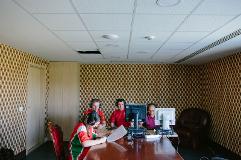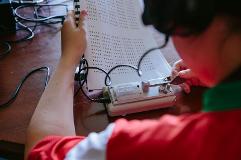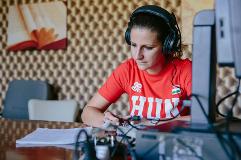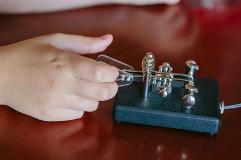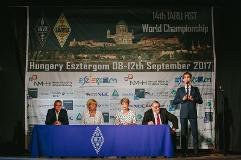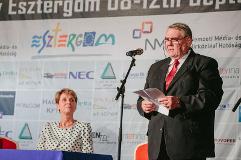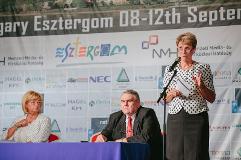Six Hungarian medals at the 14th Amateur Radio High Speed Telegraphy World Championship
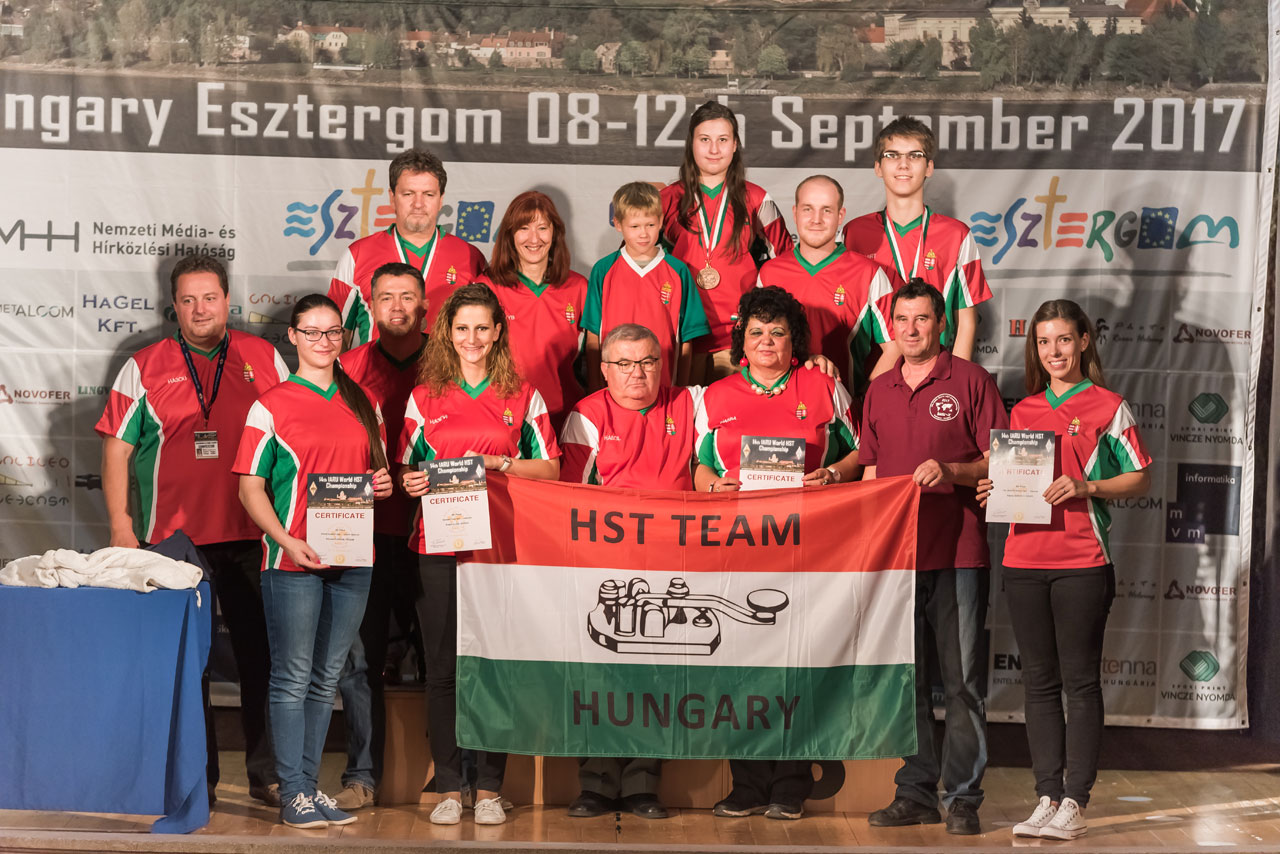
For the second time after twenty-two years, our country hosted a high speed telegraphy world championship; after Siófok, Esztergom hosted the event on this occasion from 8-10 September. Mrs. Janka Aranyos Börcs, Head Director of the NMHH explained that the competition is a great opportunity to highlight the conscious use of frequencies, since they represent a limited state property. She added that in Hungary, the Authority issues 500-600 permits a year for radio amateurs and over the last five years, thirty people have passed a Morse test. Gyula Felber, President of the MRASZ recalled Samuel Morse, the creator of the Morse code, whose spectacular creation provides users with the knowledge of a special language. Etelka Romanek, the mayor of the city, thanked the organizers for choosing Esztergom as the site of the competition. She explained that for her what truly sets the sport apart is that communication is a need which is as old as mankind itself and is the essence of connection between human beings.
The competition was hosted in junior, adult and senior age groups with four women’s and five mens’ categories. Léna Molnár won three and Tamás Varró won one bronze medal in the junior age group, whilst Ferenc Provics came in third amongst the adults. In the team competition – in which countries can nominate three competitors at the most in all age groups, yet only the results of the two best counts – the Hungarian team came in fourth place with the Belarusian team as the winners. Detailed results are listed on the event’s website.
There are three divisions of amateur radio sport: high speed telegraphy, radio traffic and radio orienteering. Competitors faced off in four sporting events during the current high speed telegraphy competition: character reception, character transmission, signal reception, radio practice test. In the first two events, the goal is to receive or transmit purely letters, purely numbers or combined telegraphs (featuring both letters, numbers and punctuation marks) with the least possible mistakes over a one-minute time period. The lines consisting of five-character groups do not form a meaningful text, therefore, the competitors of various languages have equal opportunities for winning. During the signal reception event, competitors receive fifty subsequent signals and after successful reception of one signal, the next signal comes at a faster rate for higher points, or at a slower rate in case of an unsuccessful initial reception. During the radio practice test, competitors must establish connections between computer-generated signals over a two times ten-minute period. During this period, the broadcasts of up to four call stations can be received.
The use of Morse code is generally for upholding traditions since currently, apart from speech-based transmissions, the use of various digital operating modes is becoming increasingly widespread. Nevertheless, the classic form of connections is still the internationally unified Morse code invented in 1837, used in telegraphy operating mode, which allows for establishing connections even amongst challenging reception conditions.
On the Society
The Hungarian Radio Amateur Society is practically as old as radio use itself, as its legal predecessor was established in 1928. Its membership includes radio clubs and radio amateur associations which conduct purely amateur, non-profit radio practice, radio orienteering, and high speed telegraphy sports as well as technical and scientific experiments.
The Society is a member of the Hungarian Competitive Sports Federation as well as the International Amateur Radio Union and functions as a national sports association. Its tasks include organizing amateur radio sport and amateur radio activities, as well as nurturing talents and managing the future talent pool, emergency radio broadcasting and the representation of all amateur radio interests – regardless of membership.

